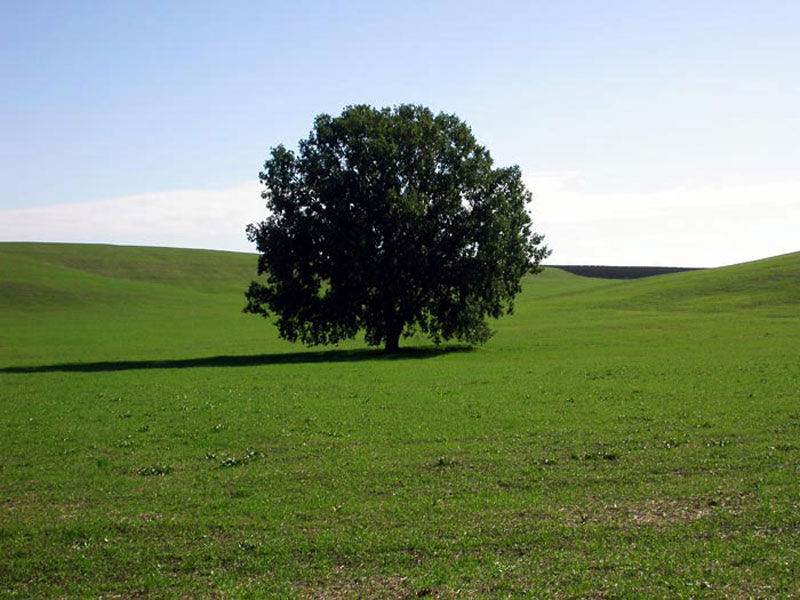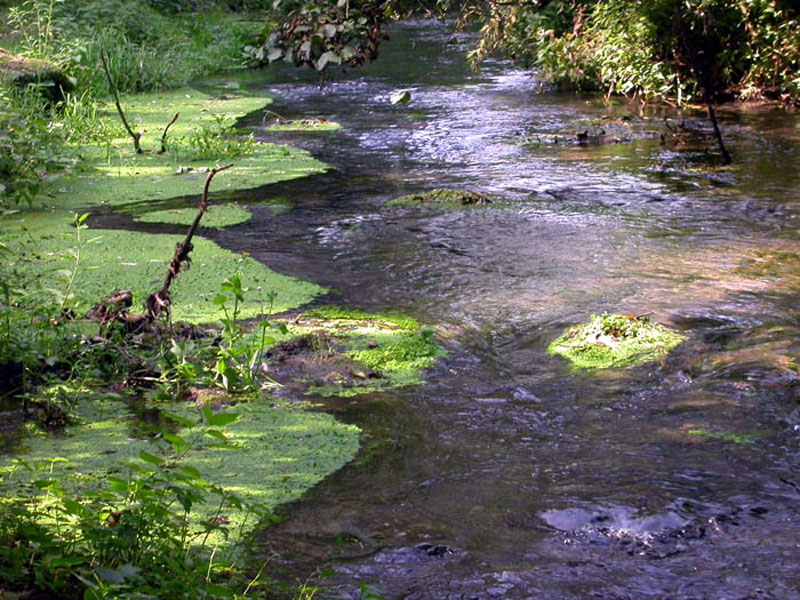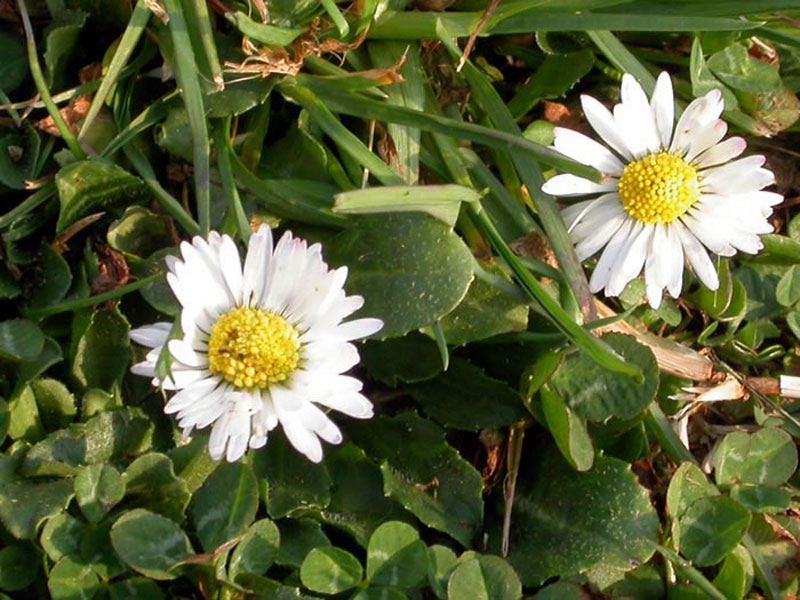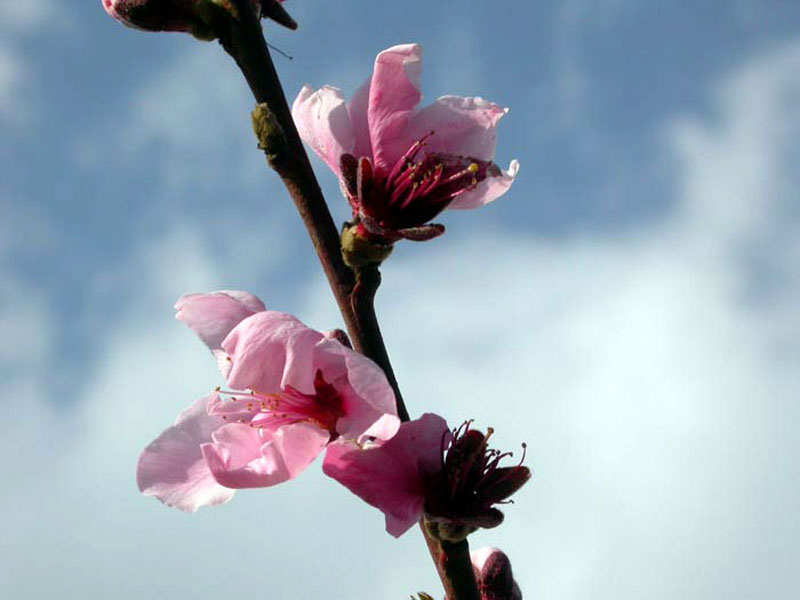Protected Area
Identity Card
- Land Surface Area: 656.00 ha
- Regions: Lazio
- Provinces: Roma, Viterbo
- Municipalities: Calcata, Mazzano Romano
- Establishment Measures: LR 43 22/09/1982
- PA Official List: EUAP0442
- Park Authority: Consorzio tra i Comuni di Mazzano Romano e Calcata
![]() The Park Statute (PDF - 80Kb)
The Park Statute (PDF - 80Kb)
The Landscape
The Park landscape is the result of a complex geological history: the valley bottoms are narrow and dominated by more or less steep gorge walls covered by vegetation.
In some cases, like in Narce, Pizzopiede, and Monte Li Santi, the
vegetation has been reduced by the work of man who, in the past, used
the flattest areas for agriculture and stock rearing.
The steep
landscape features have contributed to the safeguard of the natural
environment: the areas where it has not been possible to work or build
on offer the visitor views similar to those enjoyed by our ancestors.
Further information (Italian text)
Fauna
If the environment of Treja Valley is rich in different vegetable associations,
the fauna is not as rich as it probably was in the past, not long ago.
This is given both to the limited extension of the protected area and
to the considerable human presence in the surroundings causing
difficult life conditions and difficult movements from one place to
another for the most important animals, like mammals.
Among them,
the most common are the fox, the hedgehog, the stone marten, the
porcupine, the dormouse, and the hazel mouse; although some authors
have mentioned the presence of the wolf, there are no recent
communications confirming it.
Further information (Italian text)
Flora
Because of the changing climate given to exposure and insolation, the
vegetable environment of the Park territory is formed by different
vegetation areas as we reach higher altitudes from the valley bottom.
Starting
from above, it is possible to distinguish four particular environments:
the thermophile woodland, the plains dedicated to agriculture and stock
rearing, the mixed woodland, and the wetlands.
Where the climate is
warmer and sunnier, like for instance on the slopes outside the
ravines, there is the thermophile woodland which, because of its
distance from the valley bottom and the watercourses, is formed by
species which need little humidity. Among the characteristic plants
growing in the driest areas there are the Corneliancherry Dogwood, the
Privet, and the Broom. The mixed woodlands are dominated by Hop
Hornbeam, Downy Oak, and Flowering Ash, while the undergrowth is
characterized by Butcher's broom, Madder, and Cyclamens. In the coolest
areas there is a woodland mainly consisting of Downy Oak and Turkey Oak
growing together with Smoothleaf Elm, Common Oak, Hazelnut Tree, and
Maple.
Further information (Italian text)
Archaeology
Valle del Treja Park is situated in the Falisco territory,
whose two main centers were Falerii in the north - today Civita
Castellana - and Narce in the south.
The Falisci, active between the
8th and 5th century BC, spoke a language similar to Latin, but they
were linked to Etruria by deep political relations. Their economy was
based on agriculture and stock rearing.
The art of ceramics was very
important, and from the so-called "carmina fescennina" we can infer the
merry idea of life they had, characterized by the lightheartedness and
delight of the convivial pleasures.
The Falisci struggled hard against the Romans in the territory of the Tiber Valley.
Further information (Italian text)









